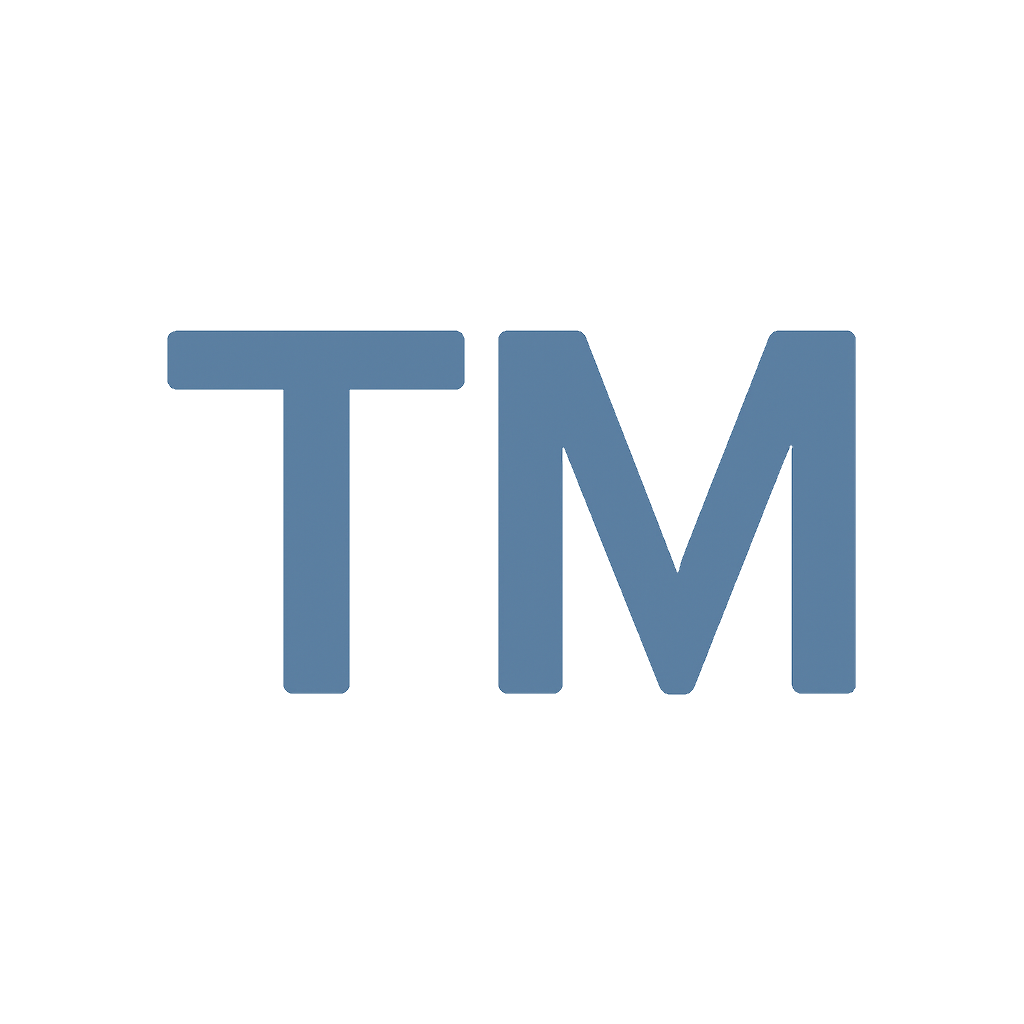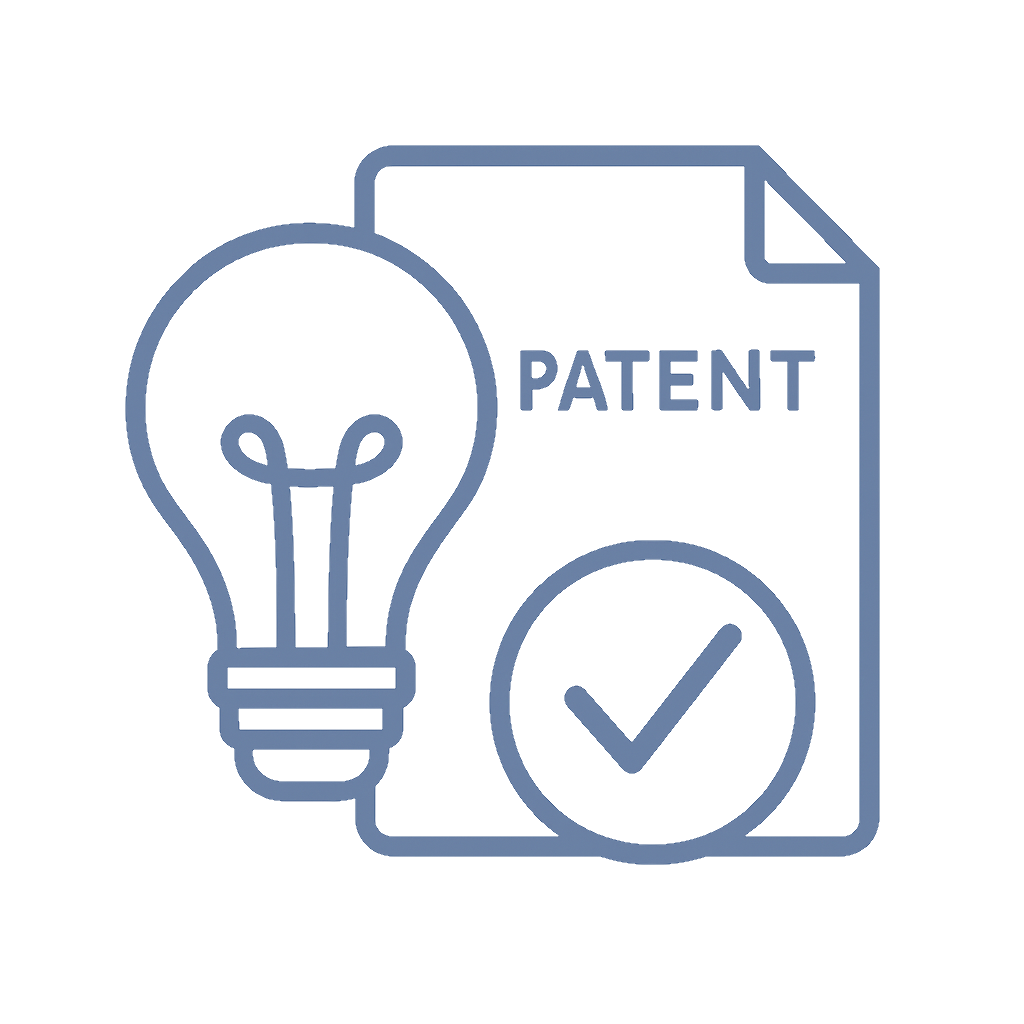Quick Overview
The United States Patent and Trademark Office (USPTO) has seen its fair share of imaginative inventions, but not every brainchild is eligible for protection. Among the most notorious examples are perpetual motion machines and a cure for cancer—concepts so groundbreaking that their feasibility remains out of reach. Let’s explore what makes these and other ideas unpatentable and why the USPTO says, “Not so fast!”

Common Questions & Answers
1. What is a perpetual motion machine, and why won’t the USPTO patent it?
A perpetual motion machine is a device that claims to operate indefinitely without external energy. The USPTO deems it unpatentable because it defies the laws of physics, particularly the conservation of energy.
2. Why isn’t a cure for cancer patentable?
While treatments for cancer can be patented, the USPTO doesn’t allow claims for universal cures. These claims often lack verifiable proof and involve overly broad assertions that defy scientific rigor.
3. Are there other scientific impossibilities rejected by the USPTO?
Yes. Examples include time travel devices, faster-than-light travel machines, and inventions requiring physical impossibilities, like “invisible cloaks.”
4. Can someone challenge a rejection for unpatentability?
Yes, inventors can appeal USPTO decisions, but they must provide evidence supporting the feasibility of their invention, often a tall order for impossible concepts.
5. How does the USPTO ensure inventions meet scientific standards?
The USPTO relies on examiners trained in relevant fields who evaluate claims against established scientific principles and existing patents.

Step-by-Step Guide to Understanding USPTO’s Patent Criteria
Step 1: Identify Your Invention's Field
Before submitting, understand how your invention aligns with existing technology or science. The more grounded it is, the better your odds.
Step 2: Ensure Feasibility
Your invention must comply with physical and scientific laws. Claims violating these principles, such as creating energy from nothing, are nonstarters.
Step 3: Provide Detailed Evidence
The USPTO requires detailed documentation, including prototypes, schematics, and data, to demonstrate your invention works as described.
Step 4: Avoid Overly Broad Claims
Focus on specific, testable aspects of your invention. Universal solutions, like "the cure for all cancers," won’t make the cut.
Step 5: Consult with a Patent Attorney
Legal experts can help ensure your application meets all USPTO requirements and avoid pitfalls. Schedule a consultation with Devin Miller for expert advice.
Historical Context
The concept of unpatentable inventions dates back to the early 20th century when the USPTO began encountering claims for perpetual motion machines. Such claims gained attention as inventors sought to revolutionize energy creation. However, these devices violated thermodynamic laws, and despite hundreds of submissions, none succeeded.
During the 1970s and 1980s, cancer “cures” emerged as another hot topic. Inventors submitted applications promising miraculous outcomes, but the USPTO rejected these based on lack of reproducible results and overly broad claims. The scrutiny of such inventions reflects a broader societal demand for rigorous scientific standards and accountability.
Today, the USPTO continues to refine its guidelines, ensuring only feasible, well-documented inventions receive patent protection.

Business Competition Examples
-
Steorn's Orbo (Perpetual Motion)
This Irish company claimed its Orbo device could produce free energy. After global skepticism and failed demonstrations, the USPTO rejected patent applications for violating physical laws. -
Dendreon’s Provenge (Cancer Treatment)
Provenge, an innovative prostate cancer therapy, succeeded in gaining patents because it focused on specific methods rather than a universal cure, showing the importance of narrowly defined claims. -
Warp Drive Patents
Inventors of theoretical faster-than-light propulsion systems often hit a wall with the USPTO, as these devices contradict Einstein’s theories. NASA-related patents stick to practical aspects of space travel instead.

Discussion
The USPTO’s stringent standards for patentability serve an important purpose. By rejecting impossible inventions, the office upholds the integrity of intellectual property laws and prevents the system from being flooded with impractical or fraudulent claims. However, this doesn’t stop inventors from trying—and occasionally succeeding in bringing seemingly impossible ideas to life through incremental, evidence-based advancements.
The tension between innovation and reality is where the magic of invention lies. While perpetual motion machines and universal cancer cures may remain elusive, the pursuit of these ideas often inspires breakthroughs in related fields, like renewable energy and targeted cancer therapies.
On the flip side, critics argue that the USPTO’s cautious stance might stifle creativity. Inventors facing rejection sometimes feel their ideas aren’t given the benefit of the doubt, especially when their work pushes the boundaries of current science.

The Debate
Pro: The USPTO Ensures Scientific Integrity
By rejecting impossible claims, the USPTO prevents pseudoscience from clogging the patent system, maintaining trust in patented innovations.
Con: Over-Caution Stifles Creativity
Some argue the USPTO’s stringent rules discourage out-of-the-box thinking, potentially delaying revolutionary discoveries.

Takeaways
- The USPTO doesn’t patent inventions that defy physical laws.
- Specificity and evidence are critical for successful patent applications.
- Overly broad or unverifiable claims face automatic rejection.
- Historical rejections highlight the balance between innovation and feasibility.
- Patents protect credible inventions, fostering trust in scientific advancements.

Potential Business Hazards
-
Wasted Resources
Investing in unpatentable inventions drains time and money without yielding protections. -
Credibility Risks
Submitting implausible claims can harm an inventor’s reputation, making future applications harder. -
Legal Challenges
Even if granted, patents for questionable ideas may face revocation during legal disputes. -
Public Skepticism
Dubious claims can attract criticism, impacting public and investor confidence.

Myths and Misconceptions
-
“Anything Can Be Patented”
Not true. Only inventions meeting legal and scientific standards qualify. -
“A Universal Cure for Cancer is Impossible”
While a universal cure is unpatentable, targeted treatments are regularly patented. -
“You Can’t Patent Energy-Related Devices”
You can, but they must adhere to physical laws like thermodynamics. -
“Rejected Patents Mean Bad Ideas”
Not necessarily—some ideas may simply need more refinement or evidence.

Book & Podcast Recommendations
-
“The Patent Game” by Craig Hovey
This guide explains patent laws with practical advice for inventors, highlighting common pitfalls. -
“The Inventor’s Bible” by Ronald Louis Docie
A comprehensive book that helps innovators navigate the patenting process, emphasizing feasibility. -
“Innovation Hub” Podcast by WGBH
This podcast explores how groundbreaking ideas come to life and the challenges inventors face. -
“The Creative Curve” by Allen Gannett
Discusses balancing creativity with practicality, relevant for those pushing scientific limits.

Legal Cases
-
Newman v. Quigg (1985)
This case clarified USPTO’s authority to reject patents for perpetual motion machines without proof of operability. -
In re Swartz (1997)
A case where cold fusion claims were rejected due to lack of reproducible results. -
Association for Molecular Pathology v. Myriad Genetics (2013)
Clarified the patentability of natural phenomena, impacting claims related to medical cures.

Share Your Expertise
Have a groundbreaking invention idea? Explore Miller IP’s resources for startups and small businesses at Inventive Unicorn.

Wrap Up
The USPTO’s rejection of perpetual motion machines, universal cancer cures, and other ambitious ideas highlights the fine line between innovation and feasibility. While these concepts may never be patented, their pursuit continues to inspire advancements in science and technology.












